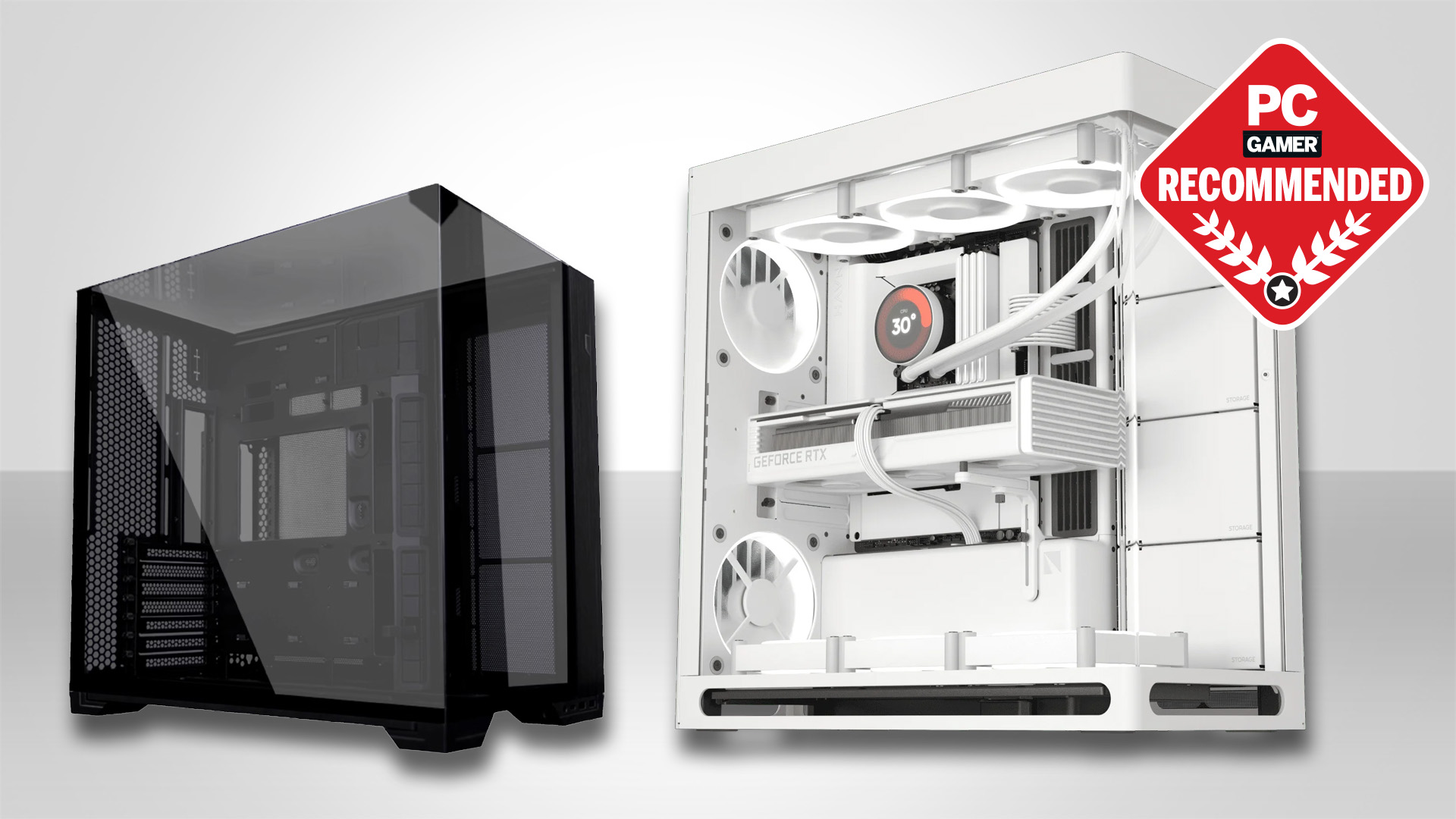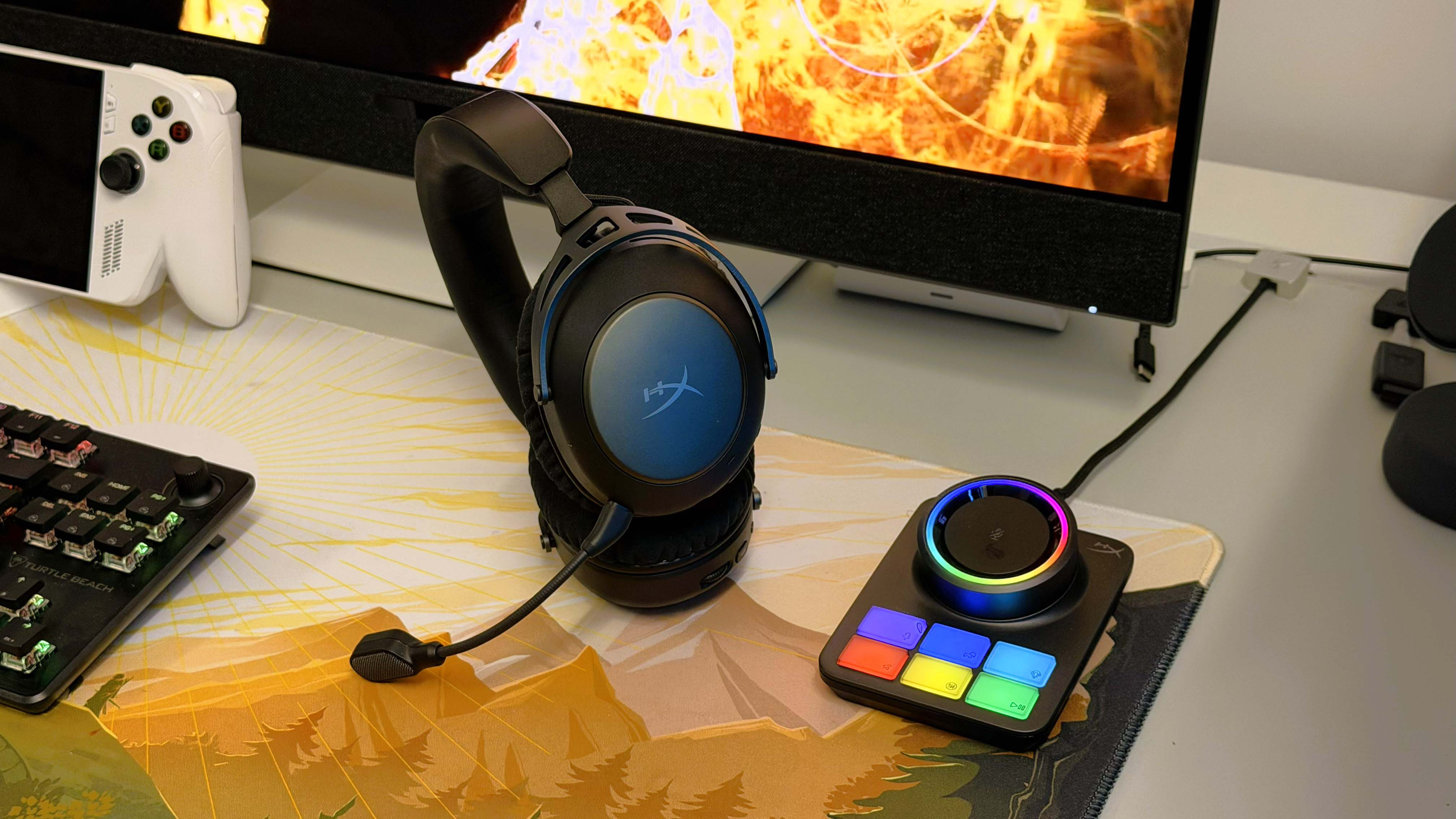Worried about melty graphics cards? This seriously capable gizmo keeps power in check for more peace of mind
Ideally you wouldn't need to worry at all, but this Ampinel option looks like the next best thing.
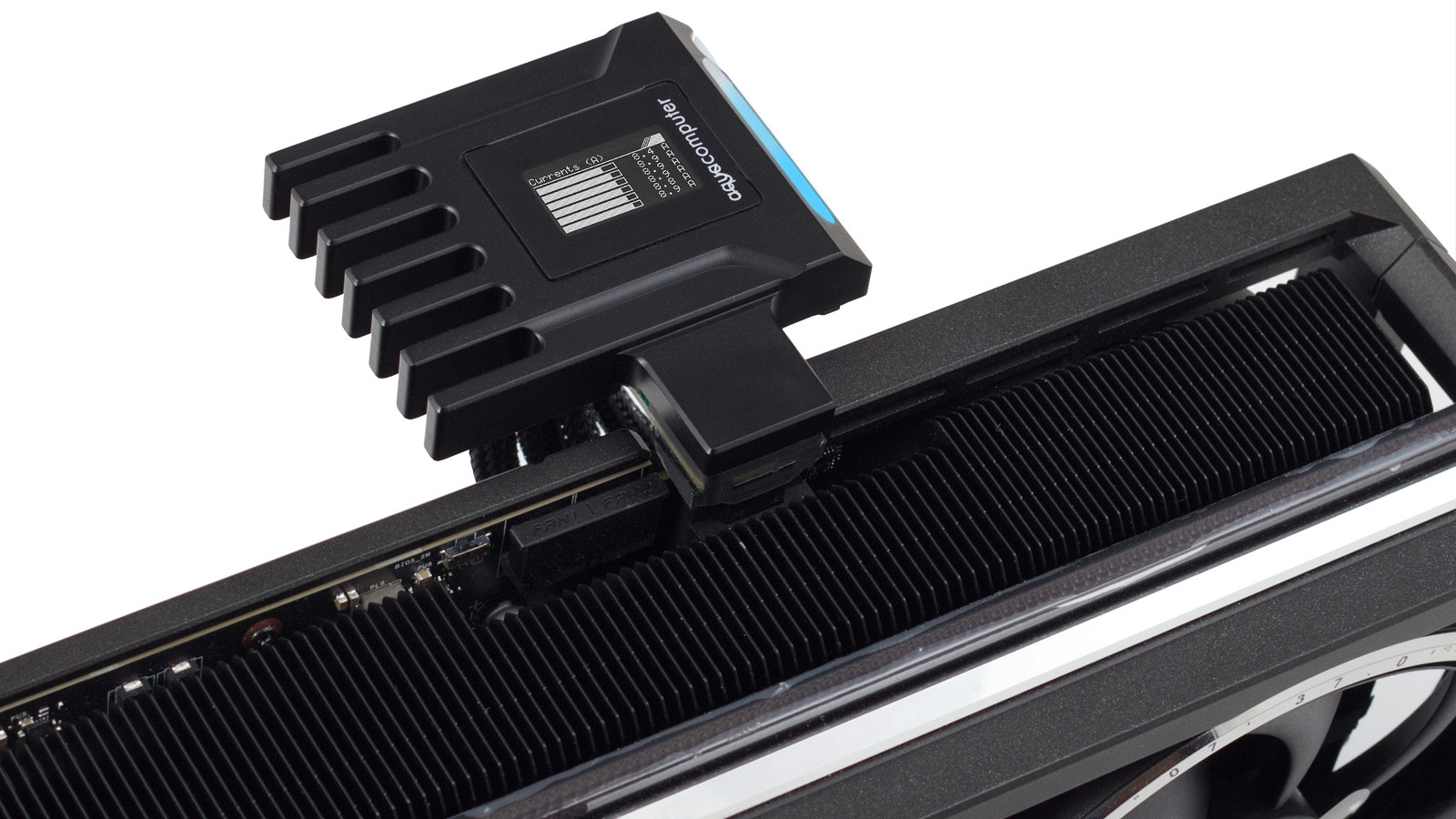
Graphics cards shouldn't melt. Some have. That's the reason for a device such as this one from Ampinel, which keeps a graphics card's power demands in check across the compact 12VHPWR and 12V-2X6 connectors.
The Ampinel from aqua computer is a small device that connects to a graphics card's power connector. It's compatible with any GPU using the modern 16-pin connector, ie most of the RTX 40- and 50-series cards. It works by monitoring the current and voltage being delivered to a graphics card, though unlike other devices that do much the same thing, it actively distributes load across the connector to ensure no single pin is overloaded.
If you think back to the initial testing of the 12VHPWR connector, which was redesigned with the 12V-2X6 standard due to failure rates, it was shown that the power load was not being distributed evenly across the entire connector. This, in some cases, leading to single pins on the connector melting due to overheating.
The Ampinel prevents such an issue occuring. It does so through a few things: firstly, monitoring each of the six power channels; secondly, redistributing the load should any single channel exceed the maximum current that they are rated to; and thirdly, reducing the load via the software or killing the power entirely to prevent any significant damage should all else fail.
"If up to 600 watts flow via the 12V 2x6 connection, insufficient contact between the connector contacts can lead to uneven power distribution. Under high load, this inevitably leads to critical temperatures and can damage the hardware," aqua computer says.
"Ampinel eliminates this risk by actively balancing the current flow across all six lines."
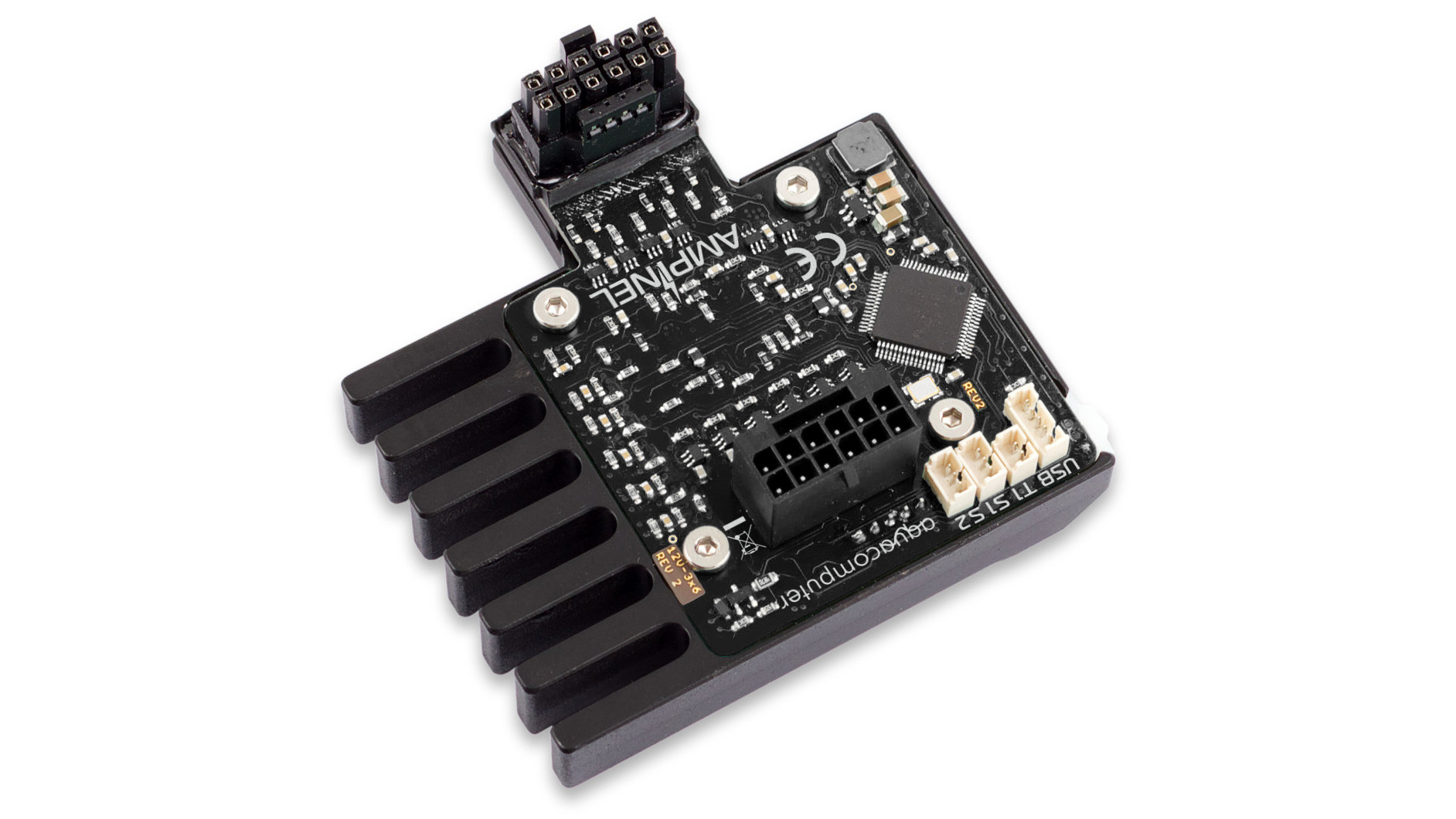
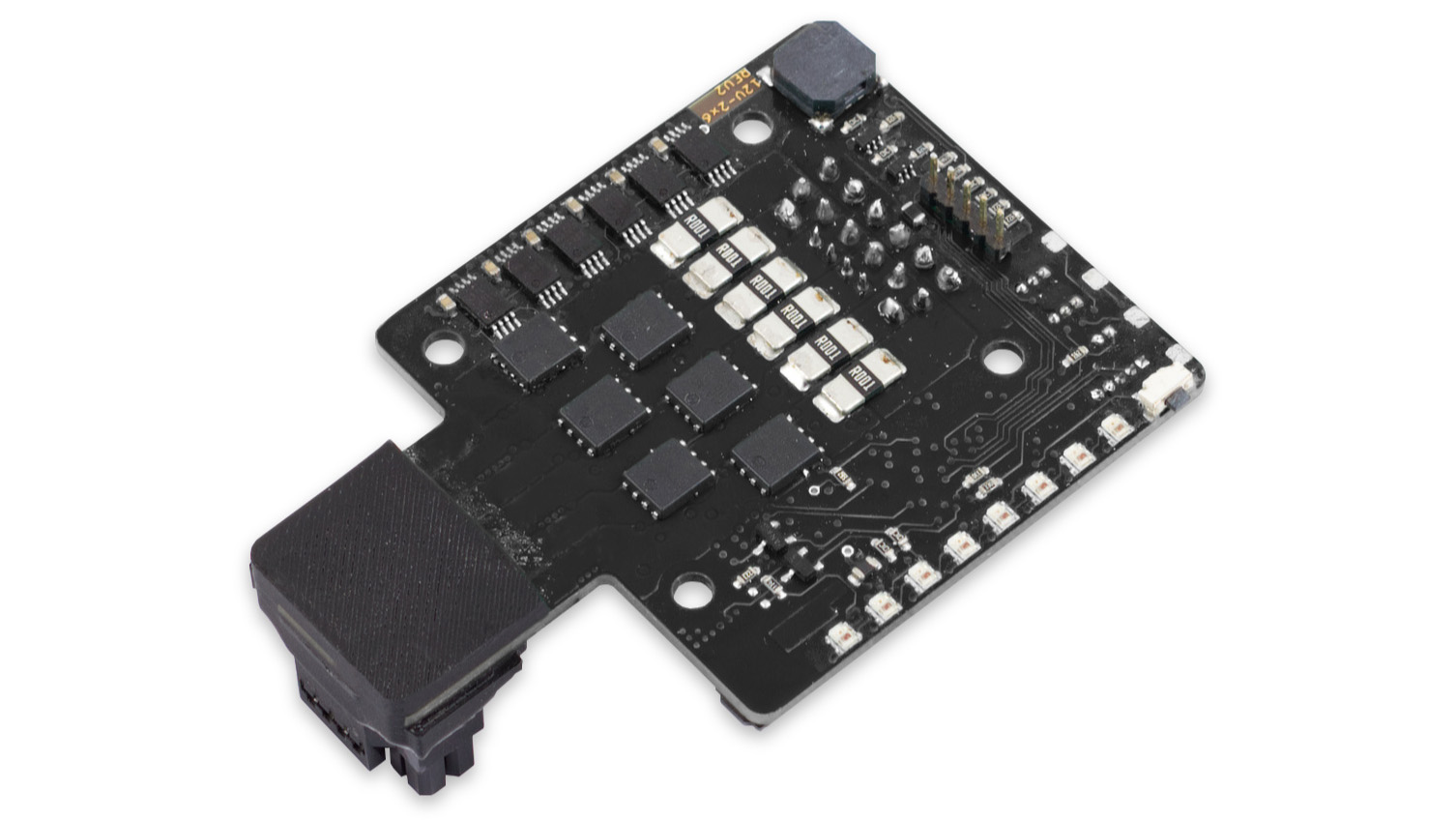
When it notices something is awry, it sounds an alarm, which can be LEDs flashing, an audible alarm, or a pop-up message in Windows.
Keep up to date with the most important stories and the best deals, as picked by the PC Gamer team.
There are certain safety and efficiency measures in place to ensure that it's not needlessly wasting power or limiting a card for transient spikes (short fluctuations in demand that are, generally, fine; though see Intel's 14th Gen CPU issues for more on when transient spikes go bad).
Live readings from each of the six channels are shown on the integrated OLED display and eight RGB LEDs, though aqua computer also has software to monitor the information or change what's displayed on the screen. The display can show overall wattage, current, and temperature, across various display modes and even live charts. It can also log this data, which should be pretty handy for further understanding what's actually going on with a card's power demands.
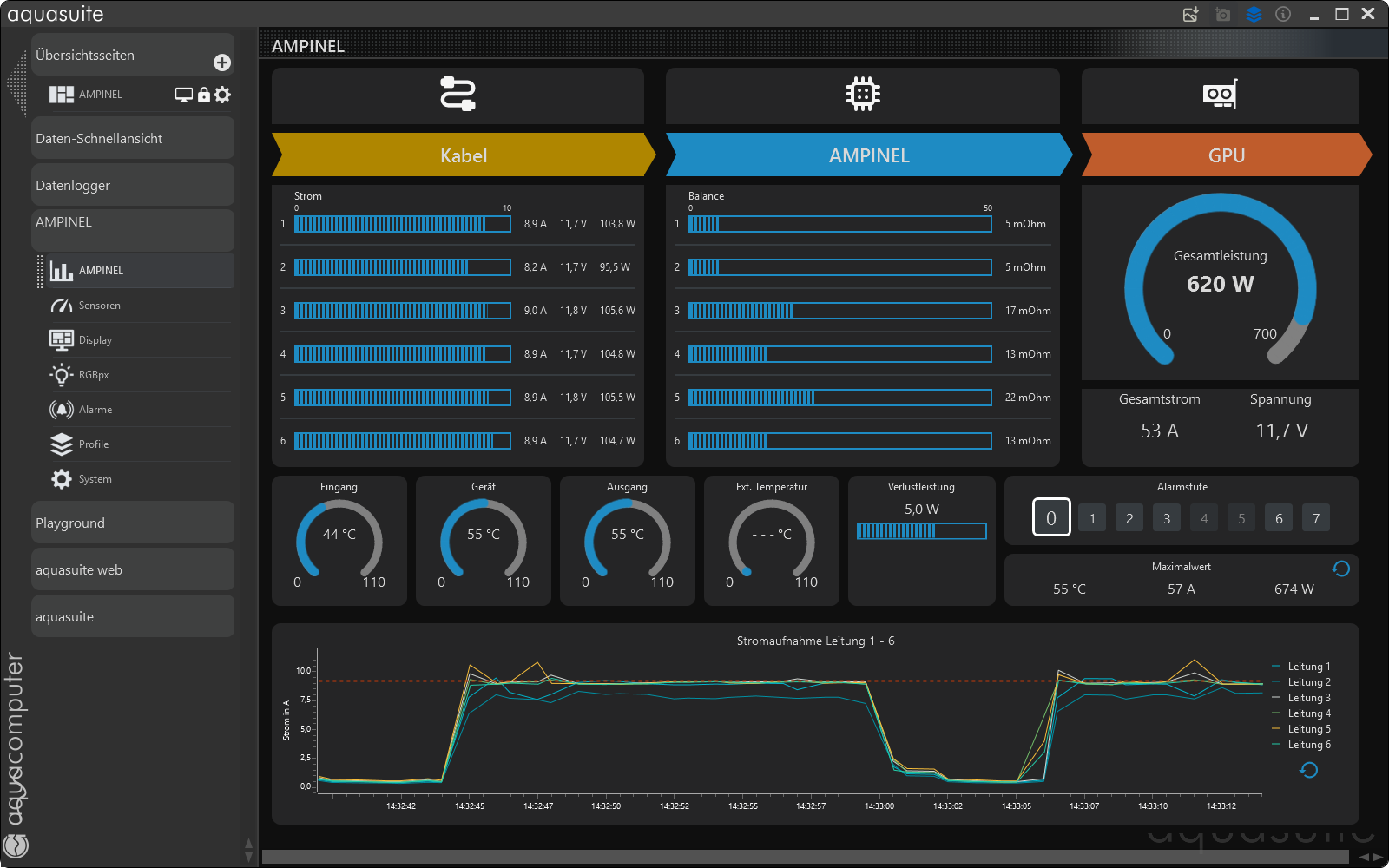
Using shunts, MOSFETs, and an integrated microcontroller within the device, it can quickly measure and redistribute current should it exceed rated limits (7.5 A) to other channels. It has a 6-layer PCB and an integrated heatsink to help dissipate any excess heat during operation.
Igor over at Igor's Lab has had hands-on with the Ampinel and run some thorough tests on the device.
"I classify the overall concept in such a way that the load distribution takes place on two levels," Igor says. "Level one is the analog immediate reaction per wire, which works with shunt, amplifier or comparator and control MOSFET, where current peaks are taken away before software makes decisions. Level two is the digital coordination by the MCU, which handles limit values, profiles, timing, alarm cascades, power limitation via the GPU’s sense lines and the entire monitoring."
Igor concludes from his testing, "The Ampinel is not simply a measuring servant, it is a fireman, referee and night watchman all in one."
The Ampinel is set to launch sometime mid-November and I imagine the queue to get one might be pretty long. It's a pretty reasonable €80, around $94. Good news, a white version is also being tested with availability maybe coming at a later date.
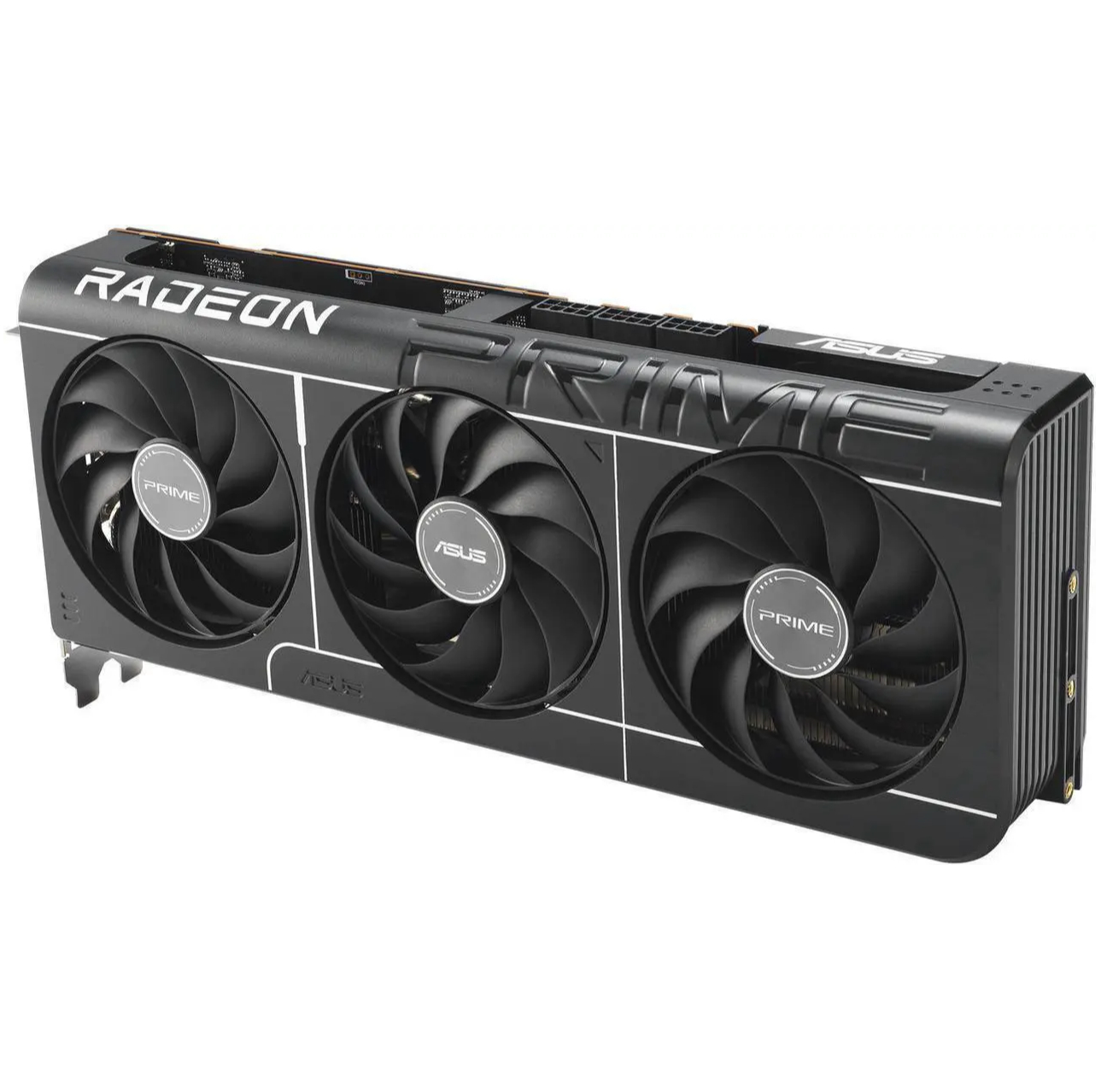
1. Best overall: AMD Radeon RX 9070
2. Best value: AMD Radeon RX 9060 XT 16 GB
3. Best budget: Intel Arc B570
4. Best mid-range: Nvidia GeForce RTX 5070 Ti
5. Best high-end: Nvidia GeForce RTX 5090

Jacob earned his first byline writing for his own tech blog, before graduating into breaking things professionally at PCGamesN. Now he's managing editor of the hardware team at PC Gamer, and you'll usually find him testing the latest components or building a gaming PC.
You must confirm your public display name before commenting
Please logout and then login again, you will then be prompted to enter your display name.
